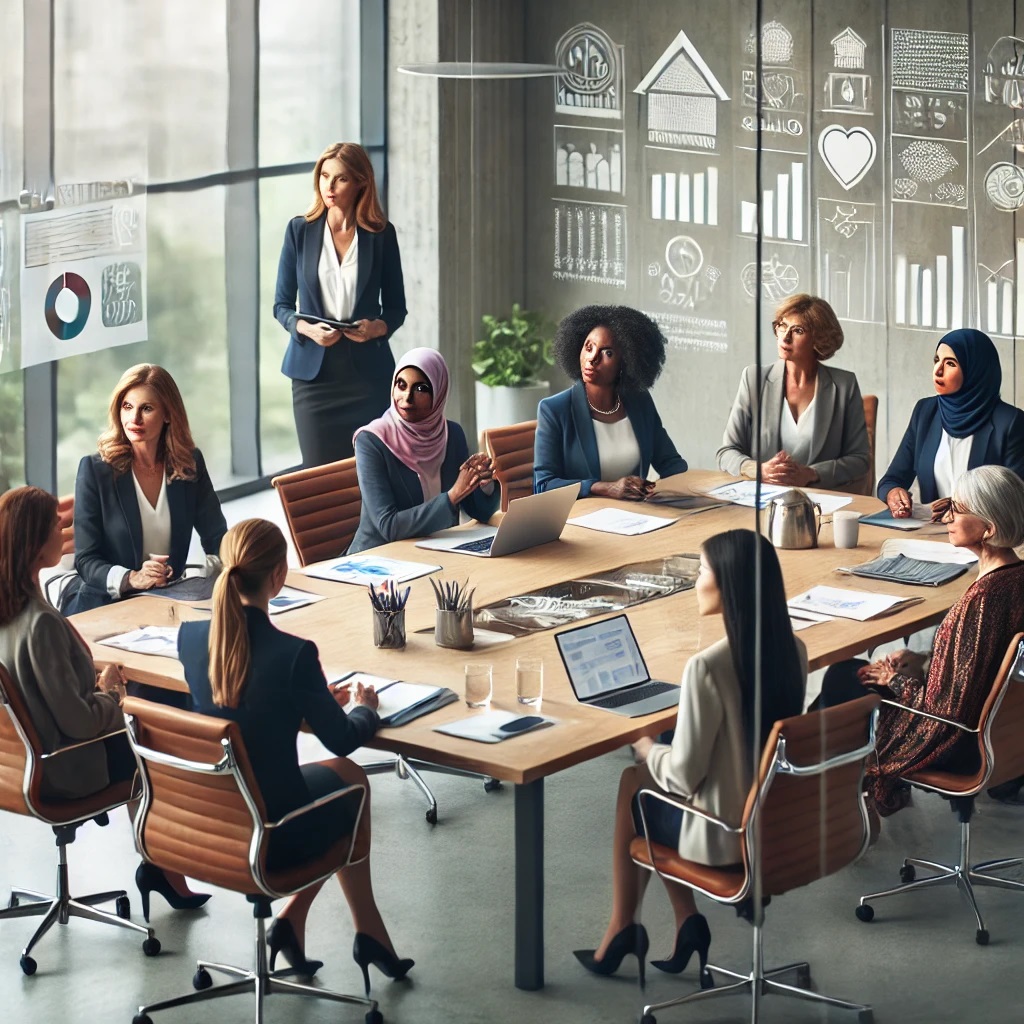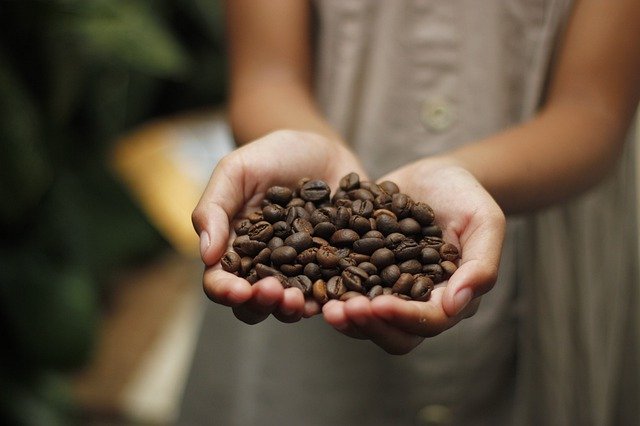Women are increasingly taking the lead in financial decision-making, and new research suggests they are on the verge of controlling an unprecedented $30 trillion in US wealth over the next decade. This significant shift is transforming the landscape of philanthropy, as women are not only more likely to give than men but also tend to donate more across different income levels and generations. They are also more likely to focus their support on philanthropic efforts that benefit women and girls.

Historical Context
The evolution of women’s involvement in philanthropy mirrors their changing societal roles. Initially, women were confined to informal charitable acts and religious organizations. However, in the 19th and 20th centuries, pioneers like Clara Barton and Jane Addams were able to establish influential social service organizations. As women gained economic power, they began creating their own foundations and shaping philanthropic agendas. By the late 20th century, feminist philanthropy emerged, focusing on women’s rights and gender equity.
Contemporary Landscape
Today, women are recognized as major philanthropic leaders, with figures like Melinda French Gates and MacKenzie Scott making substantial contributions. Since 2020, Scott has donated $17 billion to over 2,300 nonprofits globally, with an emphasis on unrestricted donations to frontline leaders. French Gates has now pledged $1 billion to women’s rights groups, addressing the fact that only 2% of charitable giving typically goes to women’s causes.
Women’s philanthropy now often emphasizes collaboration, community involvement, and empathy-driven giving across various causes. This transformation reflects broader societal shifts, including increased female workforce participation and financial independence, enabling women to directly influence philanthropic landscapes more than ever before.
Women are also leading a collective giving movement through “giving circles.” These groups pool donations and democratically decide on recipients. New research shows that between 2017 and 2023, 4,000 giving circles in the U.S. contributed over $3.1 billion to social causes. Women dominate giving circle membership, with 84% of groups reporting over half female participation and 60% being entirely women-led. These circles unite diverse women around shared visions for social change, with members often more likely to volunteer, become civically engaged, and gain a deeper sense of purpose and belonging within their communities.
Impact and Future Outlook
As women’s wealth and influence grow, their collaborative, trust-based approach to philanthropy is set to transform charitable giving, creating a more inclusive and impactful future. A growing list of inspiring, women-led philanthropic initiatives now supports causes ranging from education and healthcare to social justice, environmental protection, and more. Organizations like The Global Fund for Women have wide-reaching impact, while specific causes such as Furnishing Futures — which helps women and children leaving abusive situations — or Arnold Ventures LLC — which focuses on criminal justice reform, education, and healthcare through advocacy and impact investing — offer targeted opportunities for support.
Whether through large-scale organizations or by supporting local charities and volunteering time and skills, individuals can contribute to this evolving landscape. By actively participating in and promoting women-led philanthropy, we can collectively address critical social, environmental, and health issues, while empowering women leaders in the nonprofit sector.
We honor the legacy of trailblazers like Emily Williamson and Morella Kayman by supporting the next generation of women changemakers who are shaping a more equitable and compassionate world.
